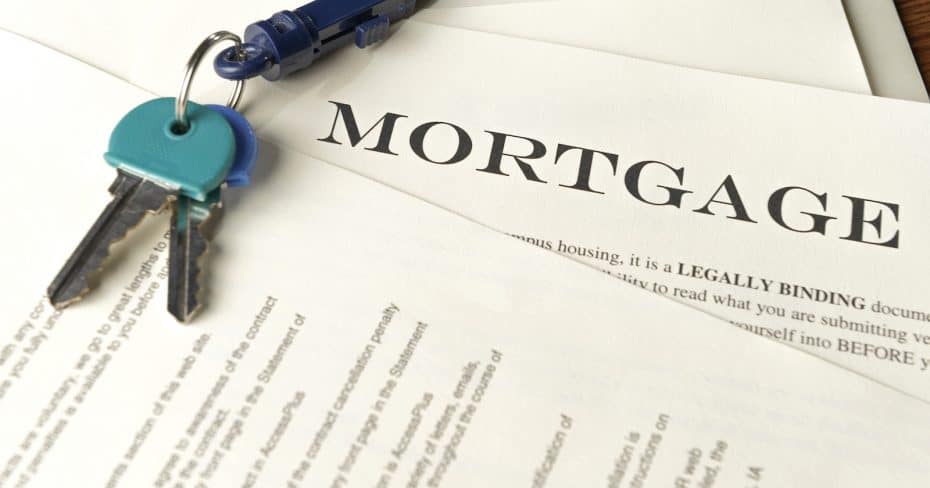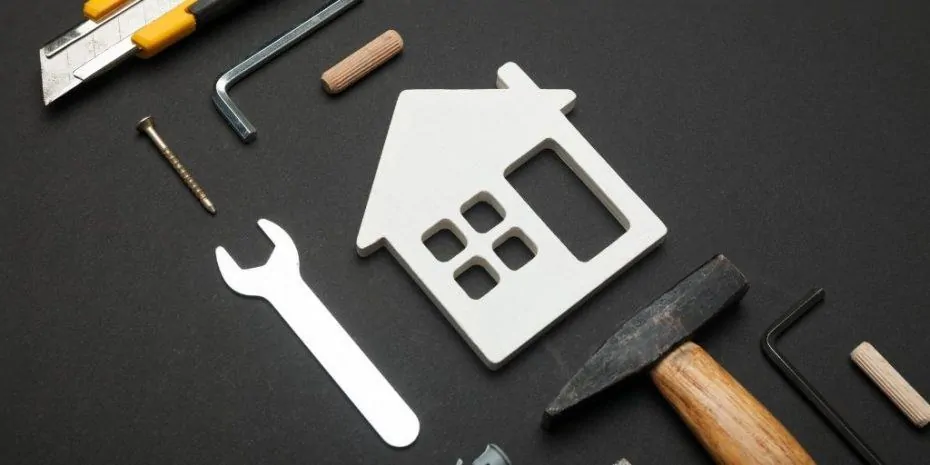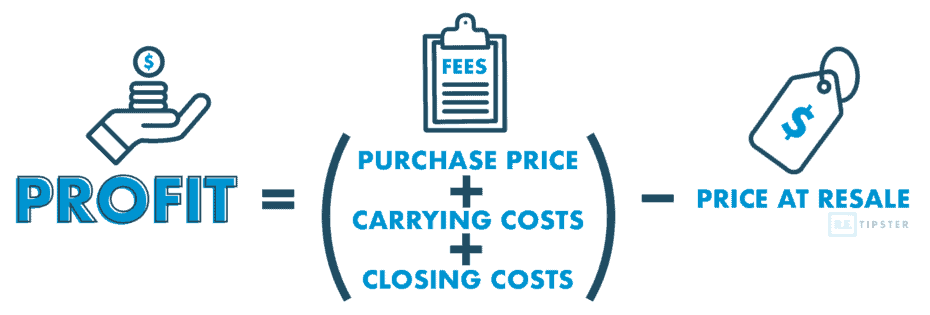What Are Carrying Costs?
REtipster does not provide tax, investment, or financial advice. Always seek the help of a licensed financial professional before taking action.
An Overview of Carrying Costs
Carrying costs (also known as holding costs) are running costs or expenses that investors pay to operate and maintain real estate. Typically, these costs are paid on a recurring basis (either monthly or annually) and include utilities and tax[1].
The amount of carrying costs can differ based on several factors, such as the property’s location, age, and type. For example, older properties and those located in areas at risk of natural disasters, crime, or other disturbances may require special maintenance and insurance. Likewise, long-term rental properties and those with more expensive utilities have higher carrying costs than short-term rental ones[2].
In real estate investing, house flippers generally pay less in carrying costs than a buy-and-hold investor[3] because they buy a property and intend to flip it as quickly as possible, which makes upkeep shorter and thus less expensive. However, buy-and-hold real estate investors often purchase property and then rent it out for years, which racks up carrying costs over time.
Why Are Carrying Costs Important?
Real estate investors calculate carrying costs before buying a property. Understanding these costs helps them know if they can afford the property or if it can generate returns based on their exit strategy. It will also help them plan and minimize their expenses[4].
Carrying costs are also important in determining the property’s overall value. Each cost can add up and affect cash flow and profit. Knowing carrying costs helps investors decide how much they should charge for rent to get a good return on investment (ROI)[5].
Without accurately estimating carrying costs, one may be more likely to make a bad investment. For example, if an investor buys a property for $300,000 and resells it for $380,000. This may seem like a good investment with a great profit margin. The investor, however, fails to account for their carrying costs of $80,000 over the six months they held it. Ultimately, they ended up breaking even or possibly even losing money instead of making a profit.
What Do Carrying Costs Consist Of?
Here are common carrying costs to consider[6]:
Mortgage Payment
Investors make monthly payments to pay the loan they obtained to purchase the property. The amount depends on the type of loan they get. For example, flippers may get a hard money loan to fund the purchase and renovation of the property. These loans often have higher interest rates than other types of loans.
Note that properties purchased for investment also have higher interest rates than a primary residence. In some cases, the interest rates may be up to 0.75% higher than the standard[7].
Property Taxes
Investors pay property taxes yearly; the amount depends on the location, size, and value of the property. They can research online or check with the local tax assessor’s office to determine the amount of investment property taxes they need to pay.
However, the IRS allows investors some reprieve on property taxes via rental property tax deductions. These include mortgage interest payments, repairs, and the natural depreciation of the property[8].
Property Insurance
Whether an investor is looking to resell the property quickly or rent it out, most lenders require a lender’s insurance policy, protecting lenders from the buyer should they default on their payments or generally not uphold their end of the bargain.
In addition, landlords may also benefit from rental property insurance to cover them from personal liability against tenants and damage to their property. That said, rental property is up to 30% more expensive than regular homeowners’ insurance because it is treated as a business by the insurer[9]. However, some factors may mitigate or exacerbate this, such as the property’s location.
Utilities and Maintenance
Investors include the costs of electricity, water, gas, and monthly garbage collection into the budget. Utility costs are determined by how the services are used, the local climate, and the property’s location, age, and size. Most landlords include all or part of the cost of the utilities in the tenant’s monthly rent.
Investors should also consider the costs of maintaining the property. This means spending on lawn care and landscaping, painting, window washing, gutter cleaning, snow removal, repairs, and other related expenses.
Homeowners’ Association (HOA) Fees
If the investment property is part of a homeowners’ association, the investor must pay monthly HOA fees. HOA fees may be anywhere between $100 to $1,000 per month[10].
Property Management Fees
These apply to investors who hire a third-party property manager to collect rent, lease units, and manage rental properties on their behalf. Property management fees range from 8% to 12% of the gross monthly rent collected[11].
How to Estimate Carrying Costs vs. Profit
One way to estimate the carrying costs that may come with an investment property is to look at the expenses of operating and maintaining the property over six months. An investor may talk to the previous owner or look at old electricity, gas, and water bills to get an idea of how much the monthly expenses will be. Documents may also show important information on property taxes and property insurance.
To get an estimate of the profit or gain, the investor may add the property’s purchase price and carrying costs and then deduct the total from the resale price of the property:
Meanwhile, to estimate return on investment (expressed as a percentage), the investor may divide the profit by the total investment[12]:
An investor can also calculate monthly cash flow from rental properties by deducting monthly carrying costs from the total monthly rental income[13], just so:
Takeaways
- Carrying costs, also known as holding costs, refer to the expenses a real investor pays to own and maintain real estate.
- Understanding carrying costs is vital to determine an investment property’s overall value. It helps investors decide how much they should charge for rent to get a good return on investment.
- The most common types of carrying costs are mortgage payments, property taxes, property insurance, utilities, HOA fees, and property management fees.
Sources
- Dehan, A. (2021.) What Are Carrying Costs In Real Estate? Rocket Mortgage. Retrieved from https://www.rocketmortgage.com/learn/carrying-cost-real-estate
- DiLallo, M. (2020.) What Are Carrying Costs in Real Estate? Millionacres. Retrieved from https://www.millionacres.com/real-estate-basics/real-estate-terms/what-are-carrying-costs-real-estate/
- Nelston, T. (n.d.) Real Estate Investing. HGTV. Retrieved from https://www.hgtv.com/lifestyle/real-estate/real-estate-investing
- Seth, S. (2021.) The Most Important Factors for Real Estate Investing. Investopedia. Retrieved from https://www.investopedia.com/articles/investing/110614/most-important-factors-investing-real-estate.asp
- Waugh, E. (2021.) 11 Carrying Costs in Real Estate Novice Investors Need to Know. HomeLight. Retrieved from https://www.homelight.com/blog/carrying-costs-in-real-estate/
- Mburugu, C. (2020.) What Are Carrying Costs In Real Estate? Mashvisor. Retrieved from https://www.mashvisor.com/blog/carrying-costs-in-real-estate/
- Freeman, G. (2022.) Investment and rental property mortgage rates: 2022 Guide. The Mortgage Reports. Retrieved from https://themortgagereports.com/27698/investment-property-mortgage-rates-how-much-more-will-you-pay
- Internal Revenue Service. (n.d.) Tips on Rental Real Estate Income, Deductions and Recordkeeping. Retrieved from https://www.irs.gov/businesses/small-businesses-self-employed/tips-on-rental-real-estate-income-deductions-and-recordkeeping
- Bethell, A. (2018.) Rental Property Insurance: Providers, Costs & Coverage. Fit Small Business. Retrieved from https://fitsmallbusiness.com/rental-property-insurance/
- QuickenLoans. (2021.) HOA Fees: What Are They, What Do They Cover And What Happens If You Don’t Pay? Retrieved from: https://www.quickenloans.com/learn/hoa-fees
- Eberlin, E. (2020.) A Breakdown of Property Management Fees. The Balance. Retrieved from https://www.thebalancesmb.com/a-breakdown-of-property-management-fees-4589926
- Bungalow. (2022.) A Beginner’s Guide to Calculating ROI on an Investment Property. Retrieved from https://bungalow.com/articles/a-beginners-guide-to-calculating-roi-on-an-investment-property
- Davis, G. (2021.) How to Calculate Rental Property Cash Flow: Know Your ROI Before Investing. SparkRental. Retrieved from https://sparkrental.com/calculating-cash-flow-investing-rental-property/












